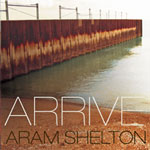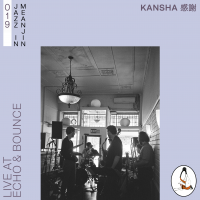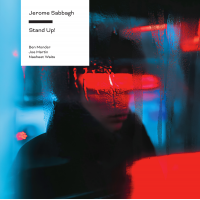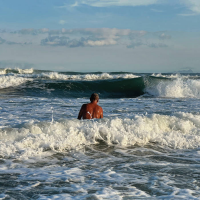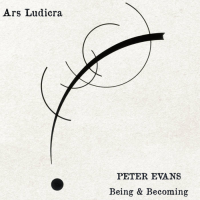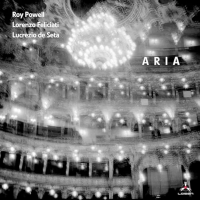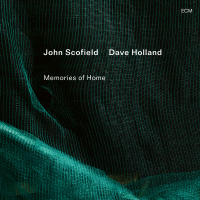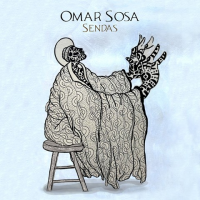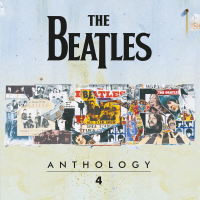Home » Jazz Articles » Album Review » Grachan Moncur III: Exploration
Grachan Moncur III: Exploration
As a soloist, Moncur is often seen as the "cooler alternative to Roswell Rudd's "hot tailgate in the lineage of vanguard trombonists of the '60s. Working in the groups of Jackie McLean and Archie Shepp, Moncur was able to apply the harmonies and liberated rhythms of the new music to a distinctly J.J. Johnson-Curtis Fuller-inspired tone and phrasing. Yet it his application of this measured approach to freedom to a compositional framework rooted in hard bop that has made Moncur's music so personal and lasting.
Conductor and producer Mark Masters of the American Jazz Institute, inspired by the wealth of valuable compositions, not to mention the dearth of Moncur recordings in the last two decades, brought the trombonist and seven colleagues together for Exploration, the leader's first album in 27 years. Moncur is joined here on seven of his compositions (and one group improvisation) by altoist Gary Bartz, tenor man Billy Harper (who played with Moncur on Lee Morgan's eponymously self-titled final studio date), drummer Andrew Cyrille, bassist Ray Drummond, trumpeter Tim Hagans, baritone saxophonist Gary Smulyan, John Clark on french horn and second trombonist Dave Woodley. Rather than starting chronologically with his hard bop-derived pieces or covering only his Blue Note period, Exploration offers a fairly even-handed view of the trombonist's oeuvre, including three from his fine 1969 recording New Africa (BYG-Actuel, on which Cyrille was featured). The title track to the present album was, in fact, the fiercest of four pieces on New Africa. Here, though certainly given to collective playing, the piece is manifested with a bit more of a traditional swing and the large-ensemble voicing brings out more of the written material than its initial rendering. The soul-jazz classic "When? , also from New Africa, features a particularly deep solo by Bartz in addition to Hagans' facile bravura. "Monk in Wonderland , originally recorded on Moncur's leader debut Evolution (Blue Note, 1963), proves itself once again as the rare missing link between the Monk and Wayne Shorter bags, a trajectory not often considered but given supreme validation here. "Frankenstein , also from the period with McLean, is given a tight arrangement and the addition of an ascending rhythmic element to the head. A maelstrom of emotions, dark and jagged rhythms giving way to a kaleidoscopic Bartz solo girded by elegant blocks of sound from brass and reeds. Cyrille's tasteful, loose pulse (combined with Drummond's anchor) gives the music a naturalness that such careful writing needs.
Though Moncur's music gives itself well to loose improvisational settings, wherein the soloists and group are highly liberated, the cohesive and tightly arranged nature of these readings brings out their inherent logic and structure in addition to their springboard-like qualities. It is both a testament to the pieces themselves and the empathy of this group (many of whom had not played together prior to rehearsals) that Exploration is as seamless as it is.
Track Listing
Exploration; Monk in Wonderland; Love and Hate; New Africa: Queen Tamam, New Africa, Black Call, Ethiopian Market; When? Frankenstein; Excursion; Sonny's Back!
Personnel
Grachan Moncur III
tromboneTim Hagans (trumpet), John Clark (French horn), Dave Woodley (trombone), Gary Bartz (alto saxophone), Billy Harper (tenor saxophone), Gary Smulyan (baritone saxophone), Ray Drummond (bass), Andrew Cyrille (drums), Grachan Moncur III (trombone)
Album information
Title: Exploration | Year Released: 2004 | Record Label: Unknown label
Tags
PREVIOUS / NEXT
Support All About Jazz
 All About Jazz has been a pillar of jazz since 1995, championing it as an art form and, more importantly, supporting the musicians who make it. Our enduring commitment has made "AAJ" one of the most culturally important websites of its kind, read by hundreds of thousands of fans, musicians and industry figures every month.
All About Jazz has been a pillar of jazz since 1995, championing it as an art form and, more importantly, supporting the musicians who make it. Our enduring commitment has made "AAJ" one of the most culturally important websites of its kind, read by hundreds of thousands of fans, musicians and industry figures every month.




